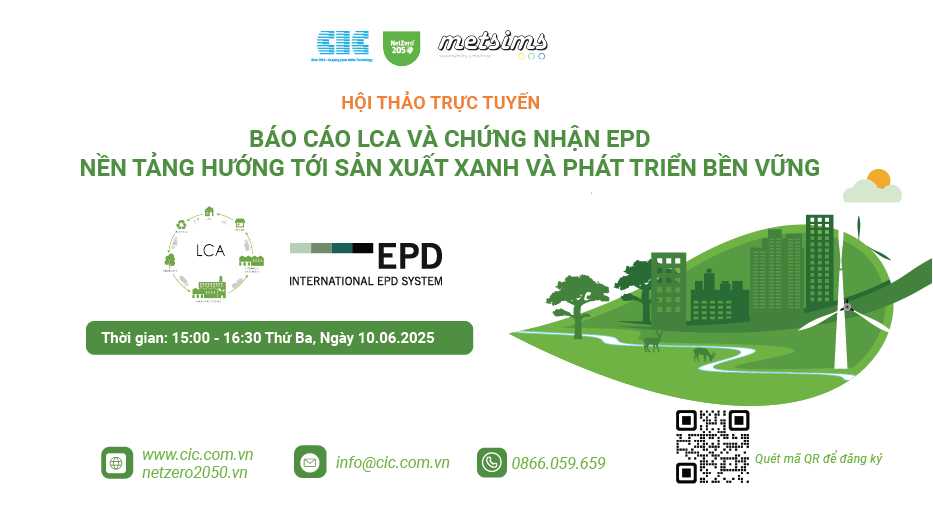Solutions for reducing greenhouse gas emissions were discussed at the seminar “Green Transition for Industry – Greenhouse Gas Inventory: A Foundation for the Emissions Reduction Roadmap,” which recently took place in Hanoi.
An overview of the Green Transition for Industry seminar in Hanoi
This seminar saw the participation of a representative from the Ministry of Construction; representatives from relevant ministries and sectors; as well as representatives from international research organizations on climate change and the circular economy, associations, construction corporations, real estate developers, industrial park management boards, industrial manufacturing enterprises, FDI industrial enterprises, and energy companies.
The Inevitable Trend of Green Transition
With climate change having become an irreversible trend and the greatest challenge facing humanity, its impacts are being felt across all aspects of life. Achieving “net-zero” emissions by 2050 is an essential development goal, primarily to be realized through a strong energy transition and low-emission development. This new shift has had a major impact on global trade and investment since the 26th UN Climate Change Conference of the Parties (COP26).
At the seminar, delegates proposed numerous green solutions, from building impactful ecosystems to developing a green transition roadmap for businesses, and applying clean fuels like LNG in industrial production. They also shared practical experiences from organizations that have already taken steps towards carbon neutrality and demonstrated environmental and social responsibility.
The delegates reached a high consensus that to achieve the net-zero goal in the race to 2050, in addition to specific technical solutions, the 2020 Law on Environmental Protection has also clearly stipulated the role and responsibility of the business community to participate in reducing greenhouse gas emissions according to a roadmap. Accordingly, regulations on greenhouse gas emission inventories have been required since 2023. Furthermore, mechanisms to support the fulfillment of emission reduction obligations, such as a carbon credit trading platform and a carbon credit offsetting mechanism, will be piloted from 2025. These are intended to help businesses achieve their reduction targets, transition to green practices, and move towards sustainable production.
Representatives from state management agencies, along with experts and businesses, shared multi-faceted analyses and objective assessments on the importance and significance of greenhouse gas inventories in industrial production.
Emission Sources in the Construction Industry
It is known that the Construction sector (or construction industry) contributes to national greenhouse gas emissions from two main sources.
- The first source is emissions from industrial processes, abbreviated as IP (GHG emissions through chemical reactions) in the production of building materials. This largely comes from cement manufacturing, where greenhouse gases are emitted during the clinker calcination process.
- The second source is direct emissions from the use of fossil fuels for production activities and operations, which falls under the energy emissions category. The production of building materials like cement uses both energy and large quantities of fossil fuels and clay.
Additionally, emissions from the use of grid electricity for production and commercial activities are accounted for in the national inventory system under the energy production category and are considered indirect emissions. Reducing the demand for electricity in production activities will contribute to decreasing the demand for energy production and lowering greenhouse gas emissions.
Furthermore, the Construction sector has other emission sources when considering the value chain or embodied carbon, such as the use of building materials in buildings, fugitive emissions from the use of air conditioners, and emissions from transportation services.
At the seminar, economic experts also recommended that businesses use inventory data to formulate emission reduction strategies. They also advised using green solutions, from impactful ecosystems to building a green transition roadmap for businesses and applying clean fuels like LNG in industrial production.
It can be said that the green transition is an inevitable trend, meeting the requirements of sustainable development in the current context and for the future.





